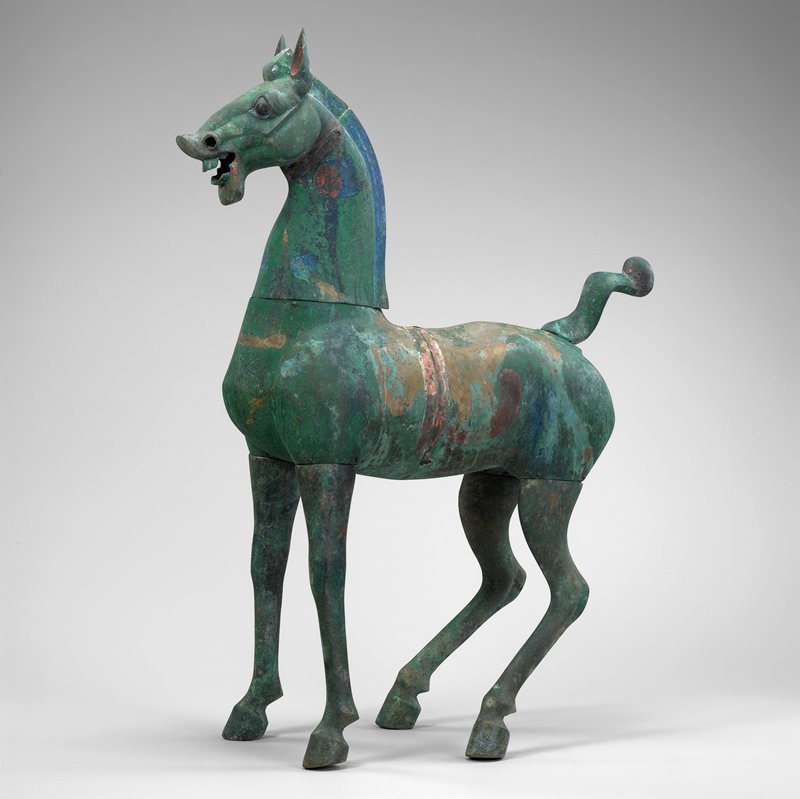Cortez
Tough but Fair
Oh yes, forgot about the palfrey - ladies horse, and very smooth to ride due to the lateral gait. Lots came from Spain, where they were a speciality, but plenty bred in England too. The gaited breeds in America are descendants of European bred horses that were taken to the Americas but stopped being bred in Europe (except in Iceland) as they became unfashionable after the 18c.Is there any evidence on the breeding of palfreys?
They are always referred to as a 'type' but were gaited and very valuable .

